Glass vs. Polycarbonate UTV Windshields: A Comprehensive Comparison
When choosing the right windshield for your UTV (Utility Task Vehicle), you have two primary options: glass and polycarbonate. Both materials have unique advantages and disadvantages, making the decision more complex than it might seem at first glance. In this comprehensive blog post, we'll delve into the details of each material, comparing its durability, weight, clarity, maintenance requirements, and more. By the end, you should clearly understand which type of windshield is best suited for your specific needs and preferences.
Introduction to UTV Windshields
A UTV windshield is more than just a protective barrier; it's a crucial component that enhances your riding experience. It serves as a shield against wind, rain, dust, and debris, providing a clear line of sight and a more comfortable ride. Whether you're tackling rugged trails or enjoying a leisurely drive, the right windshield can make a significant difference.
Why Choose a UTV Windshield?
Protection: A UTV windshield protects you and your passengers from the elements and flying debris.
Visibility: It ensures a clear line of sight, which is essential for safe driving.
Comfort: By reducing wind noise and exposure, a windshield makes your ride more enjoyable.
Aesthetics: A well-fitted windshield can enhance the overall look of your UTV.
When it comes to choosing the right windshield for vehicles, two materials often come to the forefront: glass and polycarbonate (PC). Both materials have their unique properties and applications, making the decision a matter of weighing pros and cons based on specific needs. Let's dive into details!
UTV Glass Windshields
Glass windshields have been the traditional choice for many years. They offer several benefits that make them a popular option for UTV owners.
Advantages of Glass Windshields

Clarity: Glass provides excellent optical clarity, ensuring a clear and undistorted view. This is particularly important for long drives or in low-light conditions.
Durability: Made of 8mm thick laminated safety glass and steel metal frame, glass windshields boast exceptional scratch resistance. They maintain their clarity and appearance over time, even with regular use.
Longevity: Properly installed glass windshields can last for many years without significant degradation. Compared to some other materials, they are less likely to yellow or become brittle.
Aesthetics: The overall design is meant to complement the rugged and sporty look of the vehicle, making it a popular choice for those who want to enhance the aesthetic appeal of their UTV.
Disadvantages of Glass Windshields
Weight: The glass windshield is significantly heavier than polycarbonate. This added weight can affect the handling and fuel efficiency of your UTV.
Fragility: While glass is durable, it is also more fragile than polycarbonate. It can shatter or crack upon impact, which can be dangerous and costly to replace.
Installation: Due to its weight and rigidity, installing a glass windshield can be challenging. Professional installation is often recommended.
Cost: Glass windshields tend to be more expensive than their polycarbonate counterparts.
Kemimoto Solution: The Kemimoto Glass Windshield comes with dual manual wipers for superior visibility and an easy-to-mount steel frame that simplifies installation.
UTV Polycarbonate Windshields
Polycarbonate windshields have gained popularity due to their unique blend of strength and flexibility. They offer several benefits that make them a compelling alternative to glass.
Advantages of Polycarbonate Windshields

Lightweight: Polycarbonate is much lighter than glass. It's extremely easy to carry, transport, and install because it's lighter than glass. Besides, it will make your ride more enjoyable when you get out for side-by-side wheelies with your friends.
Impact Resistance: This Kemimoto Rear Windshield is made from polycarbonate. This means it is highly unlikely to shatter or crack, even when faced with the rigors of off-road use. Whether you're navigating rocky trails or dusty paths, the UTV polycarbonate windshield provides superior protection against flying debris and accidental impacts.
Flexibility: Polycarbonate is more flexible than glass, which can make it easier to install and fit to the contours of your UTV. This flexibility also contributes to the windshield's overall durability, as it can absorb impacts that would otherwise cause damage.
Noise Reduction: The design of the windshield incorporates noise reduction technology that effectively blocks wind noise and other external sounds. It provides perfect fit for your vehicle with the durable steel brackets and rubber seals to reduce wind noise and prevent air from coming back around.
Disadvantages of Polycarbonate Windshields
Scratch Resistance: The polycarbonate windshield is more prone to scratches and abrasions compared to glass. Over time, these scratches can accumulate and reduce visibility.
Clarity: While modern polycarbonate windshields offer good clarity, they may not match the optical clarity of glass. Some users report a slight haze or distortion.
Maintenance: Polycarbonate requires more maintenance to keep it looking clear and free of scratches. Special cleaning solutions and protective coatings are often recommended.
Aesthetics: Some users find that polycarbonate windshields have a slightly less polished appearance compared to glass.
Kemimoto Advantage: Kemimoto rear polycarbonate windshields for Polaris Ranger feature upgraded scratch-resistant coatings and high-clarity materials for long-term visibility and easy maintenance.
How to Choose Between Glass and Polycarbonate
When it comes to selecting between glass and polycarbonate windshields for your UTV, the decision hinges on your unique requirements and preferences. Here are some factors to consider:
Budget
Cost: Polycarbonate windshields typically come at a more affordable price point. If you're mindful of your budget, they might be the more practical option without compromising too much on functionality.
Aesthetics
Appearance: Should you place a high value on a sleek and polished appearance, a glass windshield tends to have the edge. It can lend your UTV a more sophisticated and refined look.
Maintenance
Ease of Maintenance: Glass windshields generally demand less maintenance. Unlike polycarbonate, they don't require special cleaning solutions or protective coatings to maintain their clarity and appearance over time.
Conclusion
Both glass and polycarbonate windshields have their unique advantages and disadvantages. Glass offers superior clarity and durability, but is heavier and more fragile. Polycarbonate is lighter, more impact-resistant, and more cost-effective, but is more prone to scratches and requires more maintenance. By considering your specific needs, usage patterns, and budget, you can make an informed decision that enhances your UTV riding experience. Whether you choose glass or polycarbonate, a high-quality windshield will provide the protection and visibility you need to enjoy your adventures safely and comfortably.
FAQS
How do the two materials perform in extreme cold?
Polycarbonate windshields remain flexible even in freezing conditions down to -40 degrees F, while glass becomes more fragile and prone to fracture under stress in such cold temperatures.
Which windshield material has better optical clarity?
Glass windshields generally maintain better long-term optical clarity than polycarbonate. They are less prone to scratching and hazing, providing clearer visibility over time.
Which windshield material requires more maintenance?
Polycarbonate windshields may require more frequent maintenance to restore optical clarity. They are more prone to scratching and may need to be polished every 6-12 months, depending on usage. Glass windshields typically require less maintenance and can last longer with proper care.


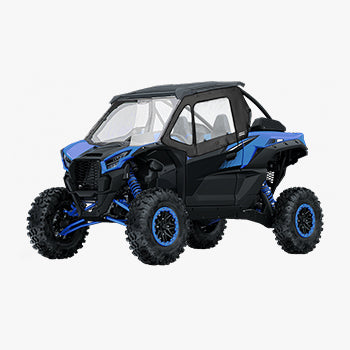
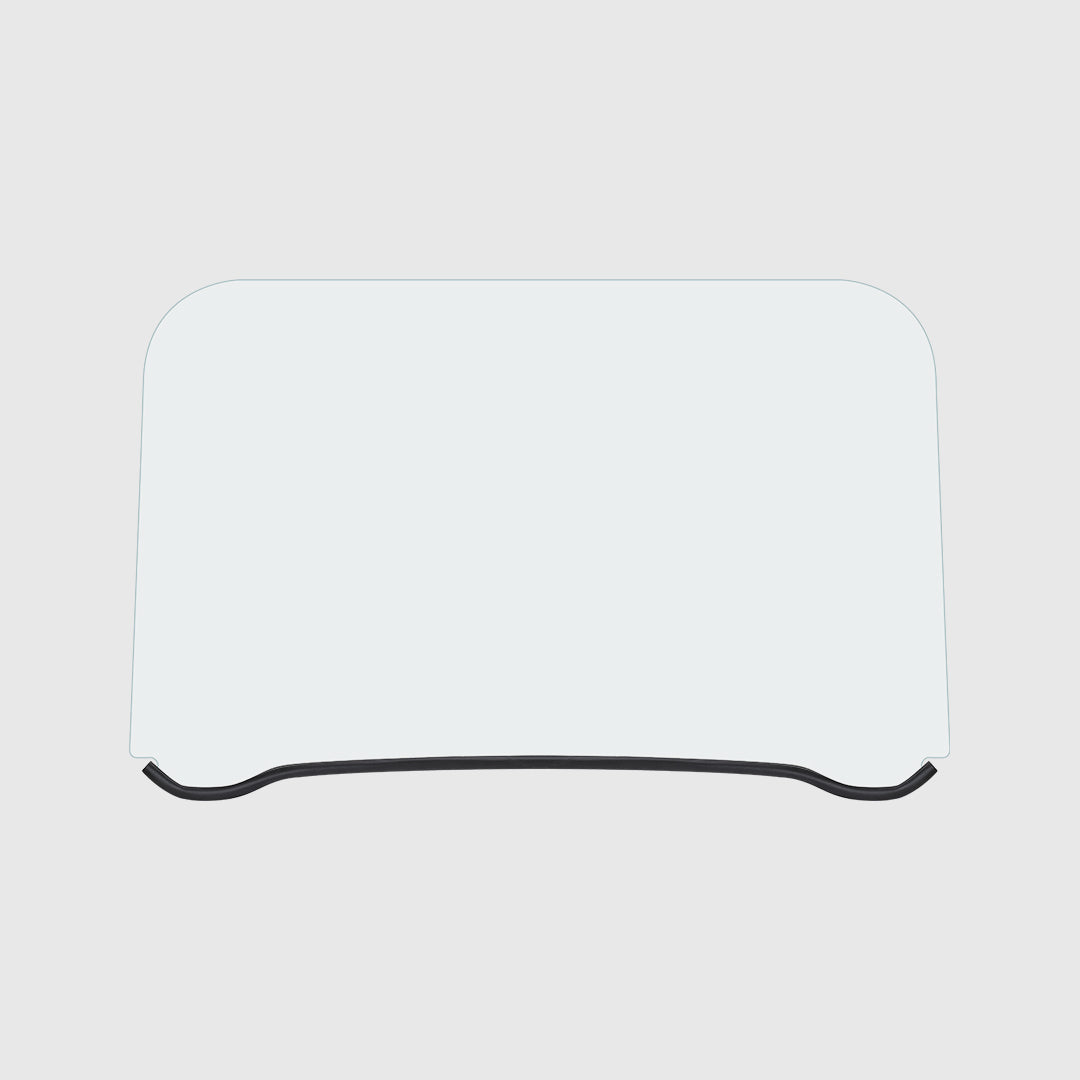
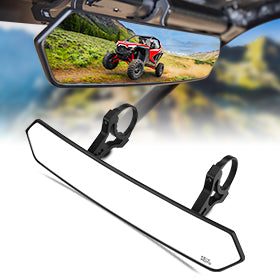
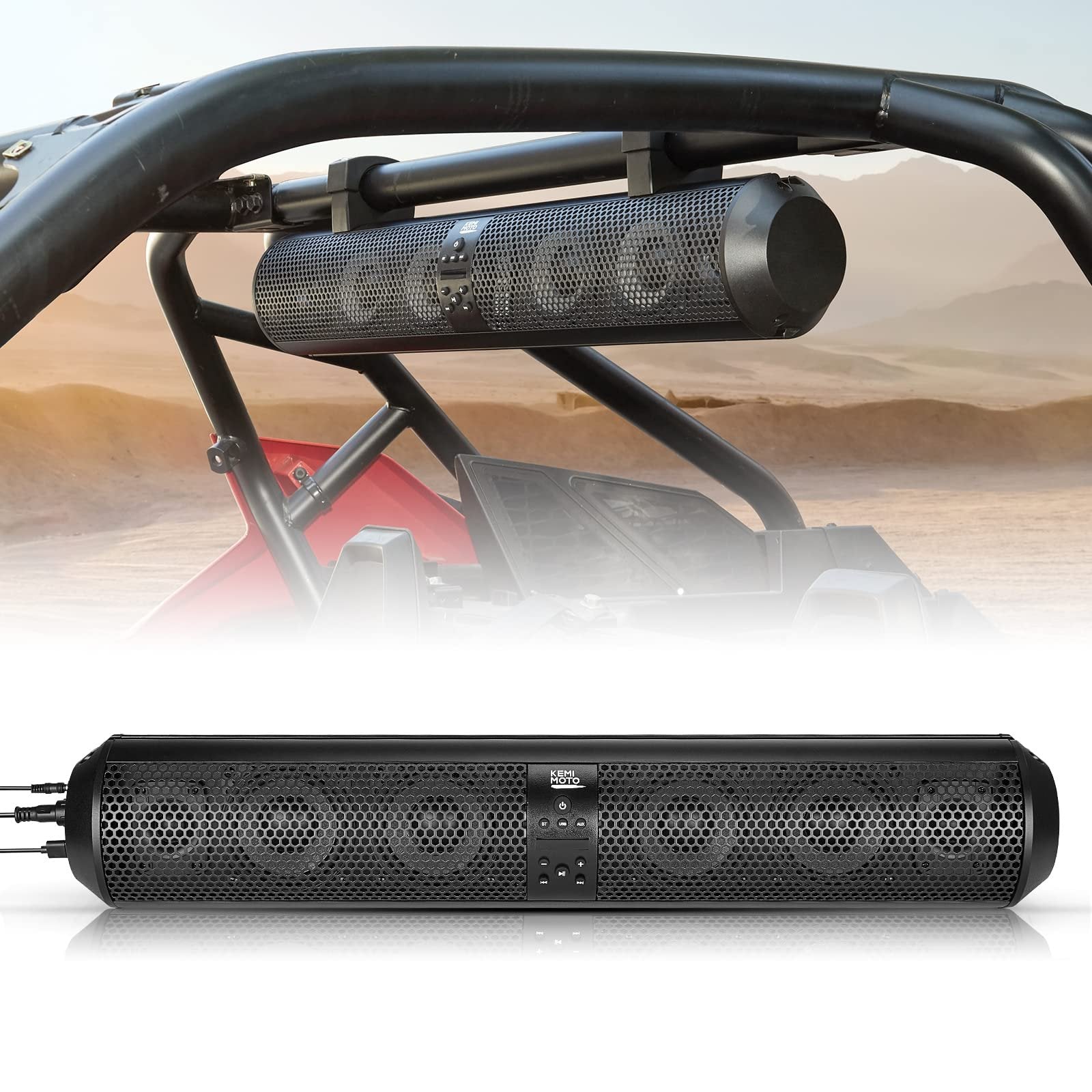
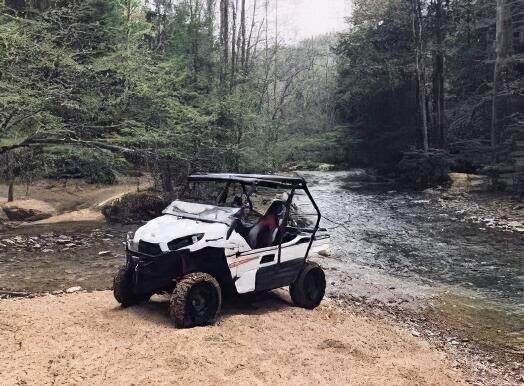
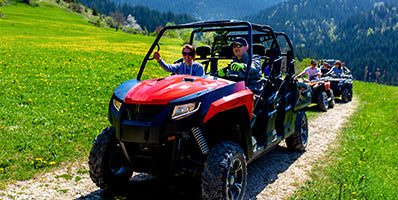
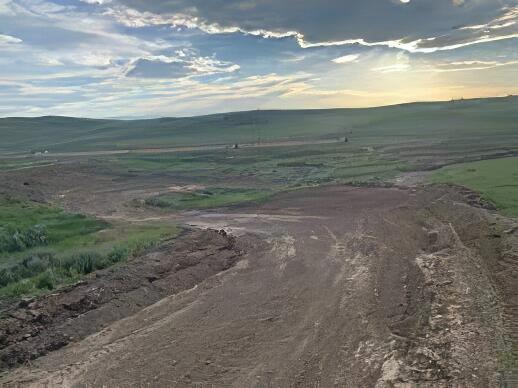
Leave a comment